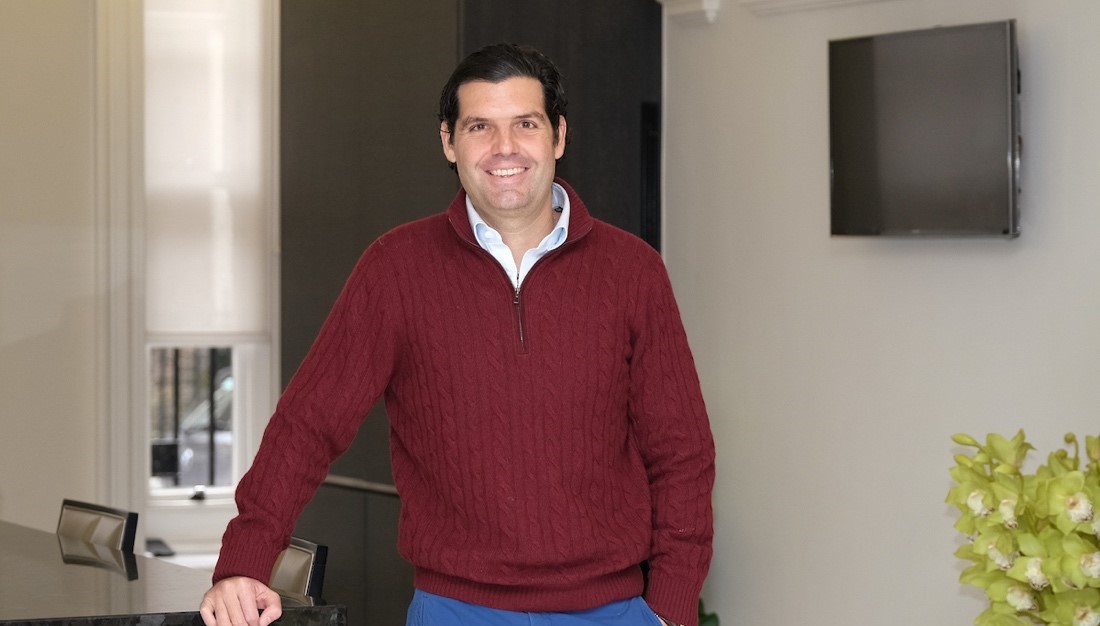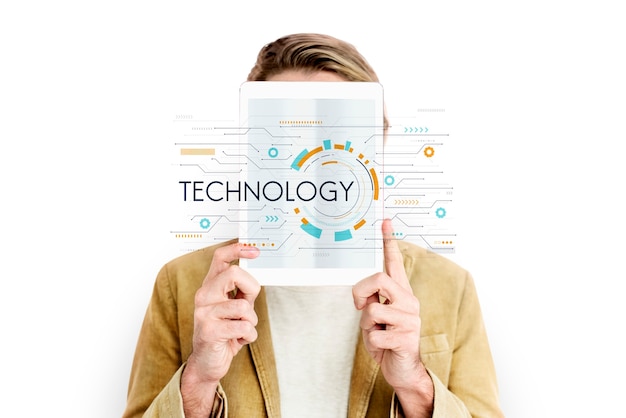Alejandro Betancourt Lopez Discusses AI’s Effect On The Eyewear Market
5 Mins Read
Published on: 25 August 2023
Last Updated on: 12 September 2023

toc impalement
Entrepreneur Alejandro Betancourt Lopez has been the president of Hawkers since 2016 when he led the company through a financing round that raised about 50 million euros (about $54.84 million). That funding allowed the new company to scale its operations by developing partnerships with social media influencers.
This strategy has proven hugely successful, and Hawkers has continued to expand outside its initial market in Spain. Betancourt routinely incorporates emerging technologies into his market strategies and recently discussed the effects of artificial intelligence and virtual reality on the eyewear market.
“Everybody’s talking about that today,” muses the Venezuelan business executive. “We haven’t seen the full impact, and it’s constantly evolving. But you can see plenty of tools from customer service where they can make it more efficient and faster response, with a meaningful impact.”
Betancourt should know — he’s seen plenty of paradigm shifts since he started his career in the early 2000s. He’s founded and invested in many businesses and is the CEO of several, including O’Hara Administration, an international investment group. He’s also a director for Pacific Exploration & Production Corporation, a leading producer of natural gas and crude oil now rebranded as Frontera Energy Corporation. Betancourt initially became involved with Hawkers in 2016 as an investor and fundraiser, and was appointed president of the company a few months later.
Embracing New Technologies

Hawkers has a consistent history of disrupting the eyewear market. Social media has comprised a major portion of Hawkers’ marketing strategy since its founding in 2013. Betancourt strongly advocated the use of social media platforms like Facebook and Instagram, largely due to Hawkers’ younger demographic. Social media has allowed the company to offer incentives that appeal to this customer base, as well as spotlight celebrities wearing Hawkers sunglasses.
“We were doing something different than anybody else at the time, which is online social media marketing,” Betancourt explains. “And that approach totally disrupted the market in the way we penetrated the market. I think that that innovation has built a huge brand that is today Hawkers.”
Now, AI is becoming an increasingly popular marketing tool, especially when combined with virtual reality. For example, many retailers’ websites now use VR to let customers try products. These innovations have profoundly impacted the consumer retail sector and will continue to do so for the foreseeable future — and Betancourt and Hawkers will again be early adopters.
Says Betancourt, “All the tools that are constantly evolving, and we have a huge team working on that, that makes us one of the pioneers in being able to take advantage of the different tools that can be built based on AI, from logistics to shipping, to customer service, to virtual try-on, to all the different segments where our company is interacting with, and our customers are interacting with us.”
A traditional marketing campaign typically involves selecting a single approach when launching it. Marketing represents a major opportunity for AI tools to impact retail businesses because they allow marketers to shift their strategies in response to market changes. This capability makes marketing efforts more efficient because they can affect a large customer base in a short period of time, sometimes even in real time.
However, Betancourt believes that we haven’t yet seen the full effect AI will have on marketing efficiency. AI can also provide greater detail about consumer preferences for products and how they like to be marketed to, creating new strategies in the eyewear market. In addition, AI can improve the efficiency of supply chains, which have been more fragile since the beginning of the COVID-19 pandemic in 2020.
Companies that implement AI tools before their competitors have the potential to disrupt their markets. These firms are the ones most likely to have a history of innovation by using creative approaches to problems, rather than simply using existing solutions. This is what places companies like Hawkers in a strong position to derive the most benefit from AI and other new technologies.
Future Success

The factors that determine future success in the eyewear market include technology, according to Betancourt. This is particularly true when it comes to using new tools to make marketing more efficient. How a company presents itself will become increasingly crucial for differentiating a business from its competitors. Obtaining the right tools, management team, and developers are essential for putting products in front of customers in a way that results in a sale.
As Betancourt says, “Marketing is a big part where the AI tools can make a huge impact. Because when you launch a campaign, and you make a decision to go with one approach, the ability to react and shift, and to impact different customer bases can be done with an AI tool that can make it way much more efficient, and way faster, or in real-time. And that will really make it more successful, each of the campaigns.
“So it’s really to be seen. But there are huge advantages that are already happening, and I believe we haven’t seen the full effect of this constantly evolving segment of the technology.”
Alejandro Betancourt Lopez notes that going forward, a heightened awareness of customer needs — which includes social responsibility and, perhaps most importantly, price points — will become a factor in success.
“It’s a big thing today, not only social responsibility and environment and everything but also pricing. There’s now more elasticity and more sensitivity to recognize what is a fair price. If you have a good product, even if you have a good brand, branding is something that is important. There’s some kind of a democratization of the eyewear industry, where you have the choice of picking something that is really high-end but it doesn’t have to be a $200 piece.
“That’s something that for the future, that any company, or any player doing business in this sector, or in this industry, has to understand. It’s not because you have a strong brand, you can charge any price. I think there’s a more conscious market.”
Read Also:


















Comments Are Closed For This Article